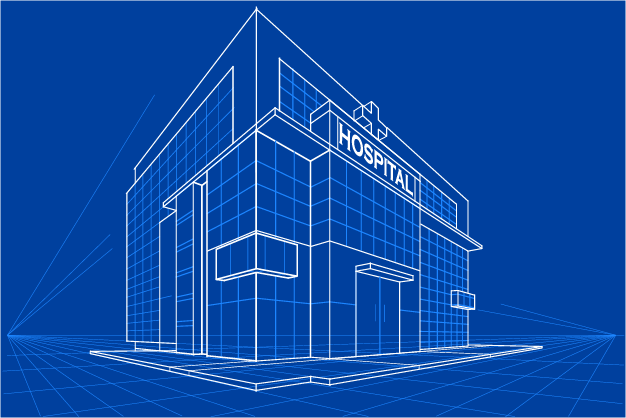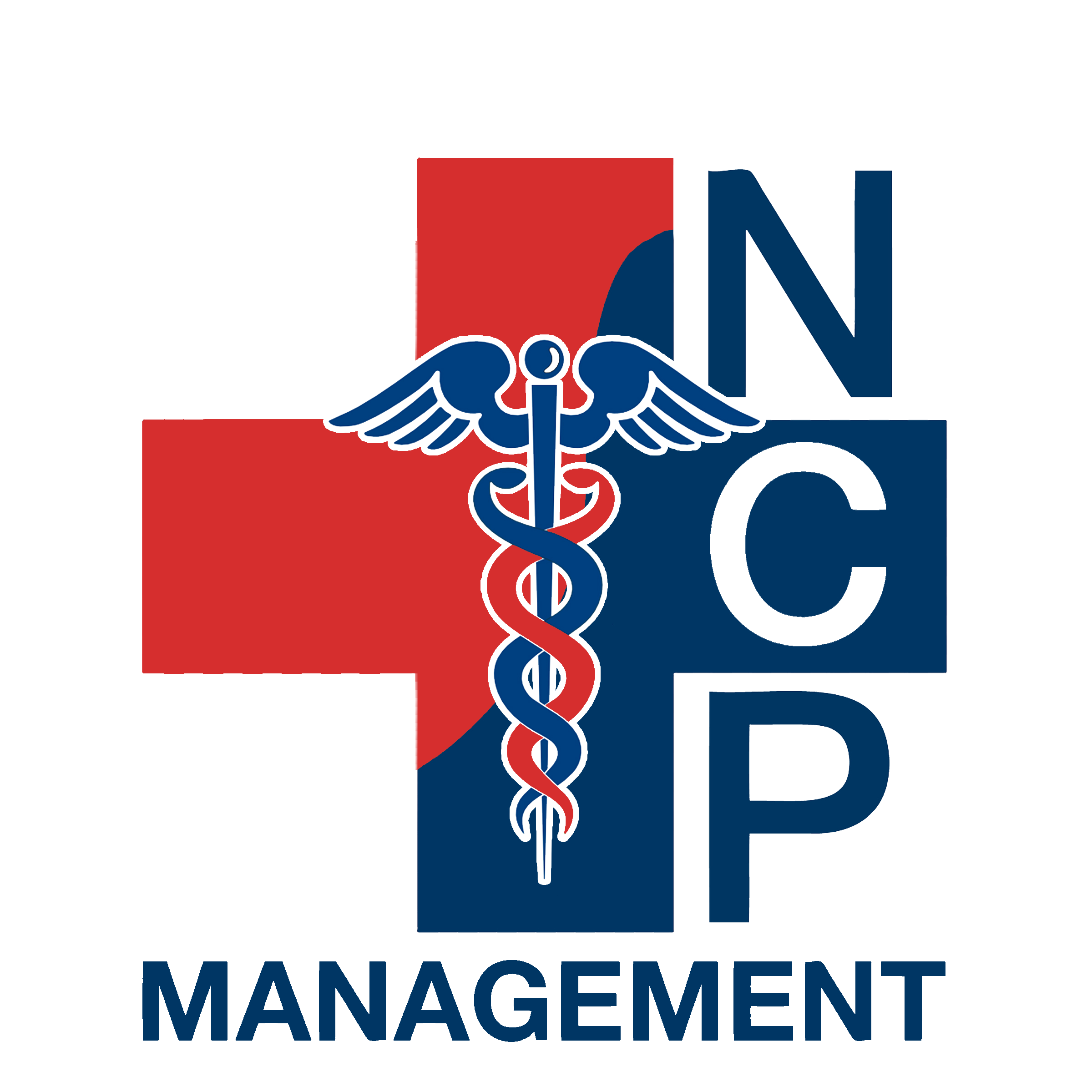
Are you thinking about opening your own hospital, but don’t know what the best way to go about it is? There’s a lot to think about, it’s a huge undertaking, and many important decisions must be made. As a healthcare management company with many years of experience opening hospitals, we’re here to help guide you in the right direction.
Let’s start with your options, there’s three main ways you can start your own hospital:
- Building From Scratch
Building a new hospital from scratch is do-able but can prove to be very difficult and very costly and could be a daunting task if you’re not properly guided. Going this route, one should think about what their “skin in the game” will be as it’s a huge investment. You should have significant capital and/or net worth. To give you a glimpse of what you’re looking at cost wise, construction costs alone not including equipment will cost you anywhere between $200 and $400 per square foot. If you’re building a 50,000-100,000 square foot hospital, figure give or take 15-30 to million in construction cost, you get the point.
You can plan for everything, but you’re still taking a chance. Architecture, design and building aside, you’ll first need to start a new state licensing application for Health of Human Service before any other steps. This application will force you to have an answer to many questions like how many ICU beds will you have, operating rooms, exact size of your facility, will you have imaging, your plans for an ER etc. This must all be known and planned ahead of time and thoroughly. Application fee will be about $39 per bed.
Designing is crucial and can lead to complete failure if not executed perfectly. You must know all regulations pertaining to operating rooms, kitchens, break rooms, halls etc., to be passed by an Architectural Review Committee. You must know cleanliness and sterile procedures for each area, and you will most definitely have to pass a fire safety report.
- Buying a closed hospital
One thing you won’t have to worry about here is building a structure, you’ve got the bones and you’ll be cutting out major construction costs. Because you’re purchasing an existing structure that was once a hospital, you’re off to a great start, however; you’ll most likely encounter renovation costs as well as equipment costs, and you’ll likely run into some limitations.
Hospitals rooms are typically designed around equipment. When a vacant hospital that has been closed down to be sold, there’s a good chance the previous owner has taken the expensive “built-in” equipment with them. Meaning with this option, you’re looking at some costly equipment cost before moving in. Like we said, usually hospitals are designed around large equipment, so you will be limited to finding similar equipment to replace what was once there. Instead of this big bulky outdated equipment, you will probably want to buy or lease newer equipment, and different control systems which vary in size and shape. All these factors will drive up your renovation cost dramatically. Also requiring an architectural review committee. These limitations and renovation costs can be very off-putting for many.
Overall this option could be much more realistic for you. Significant overhead is likely and having financial cushion before bringing in revenue is a must, and with the correct guidance this too can be achieved.
- Taking over a functioning hospital
Because this option involves purchasing a currently running hospital that is active and up to-date, many headaches from the other options can be avoided. No architectural reviews are required, no building costs, the list goes on. This is a turn key business. You can focus more on your business model and patient care from day one, and not have to worry about the stresses of every other detail associated with building or renovation. You can start bringing in revenue almost immediately, without having to wait for inspections, reports, and long licensing application turnaround times.
The best way to go about this and why it can be so beneficial is filing for a CHOW (change of ownership) application. This is the fastest way of turning around a hospital to your ownership in a short amount of time. Providing documents such as the bill of sale or your existing lease termination, with the new lease details in place, will put you one step closer to being a hospital owner with little to no risk.

